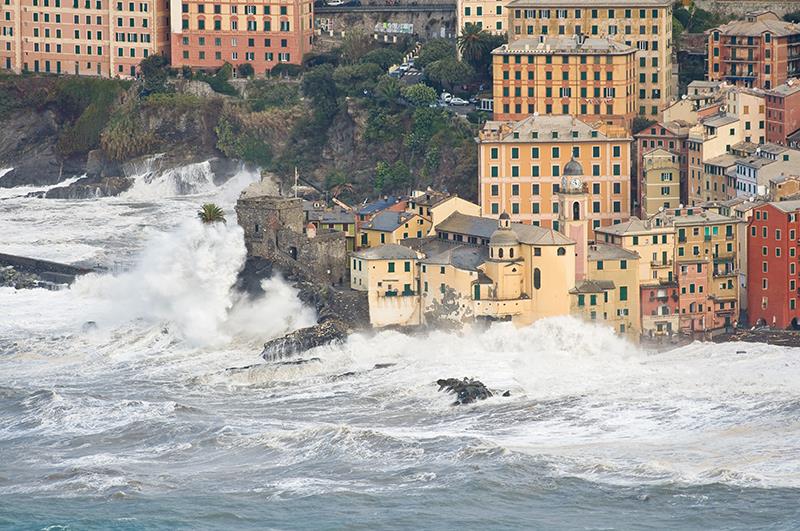(NewsUSA) – Sponsored by GAF – Risk mitigation.
– Sponsored by GAF – Risk mitigation.
It’s a phrase that comes up after every major storm — Hurricane Matthew being only the latest — as homeowners are warned that all too many houses are simply no match for high winds, and that prudence dictates they act to help protect themselves and their property from future storms.
Think those warnings are needlessly alarmist?
Probably so did all those New Yorkers who believed that a Hurricane Sandy could never clobber their city.
So what should homeowners do, proactively, to increase their odds of beating Mother Nature? Read on.
* Clean your gutters. Even in perfect weather, Angie’s List says you’re looking at a potential “nightmare” if they’re so clogged with mounds of leaves, sticks, and other debris that it causes your roof to leak. Factor in a hurricane-strength rainstorm, though, and the very roofing system component meant to control the flow of all that water — thereby protecting your roof, walls, foundation, and landscape from flooding — can suddenly be rendered about as useful as a virus-infected laptop.
“If you let gutter cleaning go by the wayside, it can cost you hundreds of thousands of dollars,” the website cautions.
* Reinforce windows. Need we say anything more than flying shards of glass?
Didn’t think so, which is why the Federal Emergency Management Agency — in describing windows as “particularly vulnerable” — recommends springing for either impact-resistant glazing or permanent storm shutters. (A grief-saving tip from FEMA: “Tape does not prevent windows from breaking.”)
* Make sure your roof is in good condition. Even though a manufacturer’s warranty typically doesn’t cover roof damage caused by disasters like hurricanes — check your home insurance policy for that — experts date what they call an “upsurge” of interest in stronger roofs back to 2011’s Hurricane Irene. News footage of all those battered homes in states such as Delaware, North Carolina and Virginia was that gut-wrenching.
“If you are going to replace your roof, consider shingles that have passed the UL2218, Class 4 impact test, the toughest in the industry,” says Jason Joplin, program manager of the Center for the Advancement of Roofing Excellence. Joplin especially likes the Timberline ArmorShield II line of shingles from GAF (gaf.com), North America’s largest roofing manufacturer, which — in addition to looking good — are made with what he describes as “a rubber-like material for enhanced flexibility and durability during extreme weather conditions.”
Added bonus: Depending on where you live, the shingles may also qualify for significant discounts on that homeowners insurance of yours.
* Trim weak tree branches. Not to belabor the dangerous projectile angle, but ask yourself this: Unless you’re 5 years old, would you want even Santa Claus crashing into your house at hurricane-strength speeds?
And while you’re mulling that one over, remember that Matthew might not be it for this year. Both the Atlantic and Eastern Pacific hurricane seasons run through November 30.
